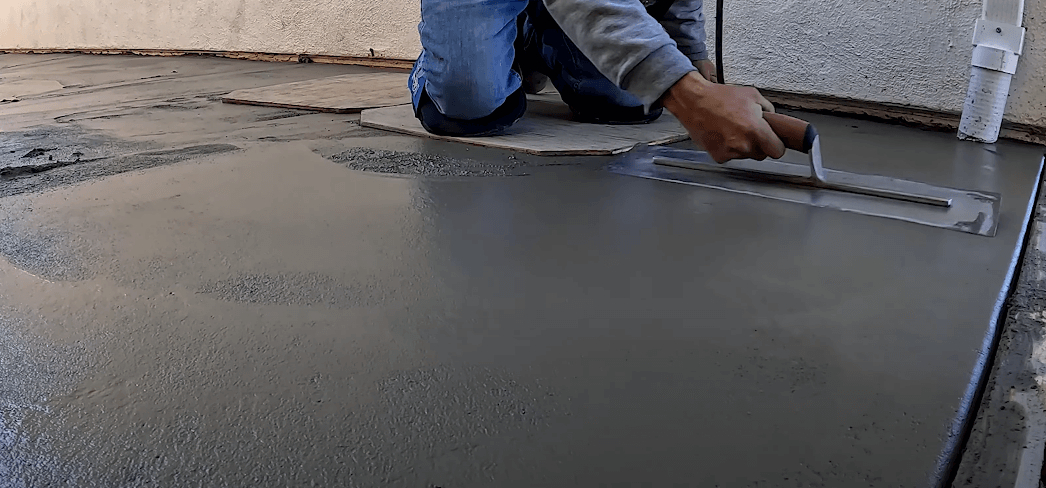For good reason, wood and concrete have been employed in construction for thousands of years. Both materials offer merits that make them desirable choices for construction.
Check this out because we shall discuss the lengthy argument between concrete and wood in this blog. There are a few things to think about, though, before we launch into this contentious discussion.
According to experts in the field of building, we are aware that there are several ways to approach this issue, which ultimately affects how you interpret the benefits and drawbacks outlined below. We also understand the difference between short-term and long-term rewards. To put it another way, a material’s long-term advantages might outweigh its short-term disadvantages. As you read this piece, you should keep your personal priorities in mind.
Detailed Analysis of Concrete Construction
Concrete is the second most commonly utilized substance after water, according to this study, and there are many explanations for this. Nevertheless, there are benefits and drawbacks to utilizing concrete for construction:
Advantages of Concrete
Very robust
Water and wind resistant
Non-combustible (fire safe)
Low maintenance
Does not rust, rot, or burn
Absorbs & retains heat (increases efficiency in buildings and cuts heating/cooling bills)
Effective soundproofing material
Disadvantages of Concrete
Limited versatility
Slower to build with
More expensive
Heavy & difficult to transport (although lightweight concrete does exist)
Susceptible to efflorescence
Detailed Analysis of Timber Construction
Similar to concrete, wood or timber has advantages and disadvantages when used as a building material:
Advantages of Wood
Inexpensive
Light, and easy to work with
A natural resource (readily available, presenting promising opportunites)
Disadvantages of Wood
It has been identified by building inspectors as a hotspot for mold development and moisture-related issues, which compromises the structural integrity.
Wood is more prone to termites, deterioration, fire, and water damage.
Sustainability and the Environment
Wood is frequently associated with natural, environmentally beneficial, and sustainable building materials. And it is in many ways. Wood reduces carbon dioxide emissions by 2,432 metric tonnes by storing carbon dioxide (equal to taking 500 cars off the road for a year).
Due to its high resource requirements, concrete is frequently criticized as being unsustainable. One of the major greenhouse gas emitters in the world is cement, which is a key component of concrete. Many people believe that since cement is produced, concrete production must also be negative for the environment. But the reality is much more nuanced than that.
Let’s take a closer look…
Concrete is strong; in fact, it has a two- to three-times longer lifespan than other frequently used building materials.
Because concrete is excellent at absorbing and storing heat, it will improve a building’s energy efficiency and save HVAC costs.
Due to its reflecting qualities, air conditioning expenses throughout the sweltering summer will be reduced.
Concrete can be created in batches that are tailored to a project’s demands, which results in less waste.
